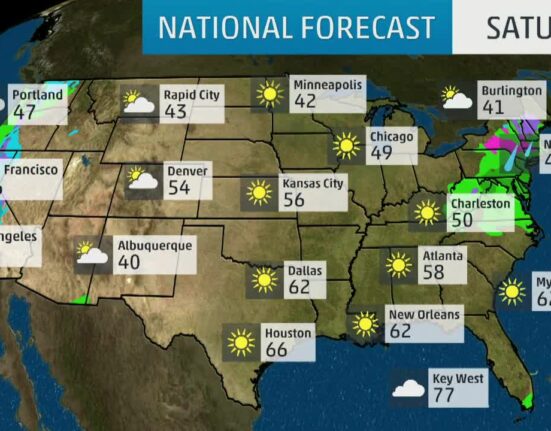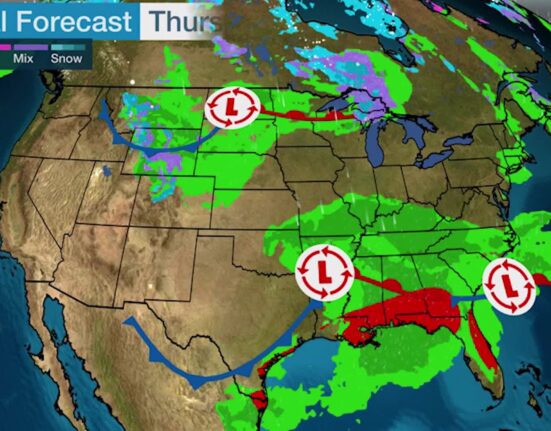Pollution in Sydney is not just about unsightly debris; it’s a symptom of a deeper problem threatening the city’s iconic beaches and waterways. The discovery of dark debris balls at Coogee and other beaches highlighted the strain on the aging sewerage network in Australia’s largest city. With population growth projections adding to the pressure, experts are sounding alarms about the need for urgent action.
Professor Stuart Khan, from the University of Sydney, emphasizes that the current system is near its limits. He warns,
“If we don’t find solutions soon, we may have to resort to building massive new sewers from western Sydney to deal with the overflow into our oceans.”
The recent incidents involving debris balls washing ashore have sparked concerns about pollution sources. Tests confirmed that these balls contain fats, feces, and other pollutants typically found in sewage. The NSW Environment Protection Authority has directed Sydney Water to investigate its systems and address any faults contributing to this environmental hazard.
While some cities in Australia offer advanced wastewater treatment options, Sydney lags behind with primary treatment facilities at Malabar, Bondi, and North Head – dubbed as “the dirty three.” These plants release effluent into deep ocean outfalls established decades ago when pollution levels were less pressing.
Despite efforts to improve treatment processes over time, population growth has exacerbated pollution levels. The increasing volume of waste reaching Malabar underscores the need for innovative solutions to safeguard public health and environmental sustainability.
John Gemmill from Clean Ocean Foundation criticizes Australia’s outdated approach compared to Europe’s commitment to upgrading treatment plants by 2045. Gemmill highlights the importance of removing micropollutants like pharmaceuticals and pesticides through advanced treatment methods.
With concerns mounting over contamination accumulating in marine ecosystems due to inadequate treatment measures, experts are advocating for upgraded facilities capable of addressing modern challenges effectively.
In response to these issues, proposals are being put forward by Sydney Water to introduce purified recycled drinking water. This initiative aims not only to reduce ocean pollution but also enhance water quality by treating sewage upstream before returning it as clean water back into natural water cycles.
The feasibility of such projects hinges on public acceptance and regulatory support. While purified recycled water is already utilized in various global cities with positive outcomes, its implementation in Sydney requires thorough planning and community engagement.
The debate around managing wastewater highlights broader environmental concerns such as consumer behaviors contributing to fatbergs – blockages caused by fats and non-degradable items flushed down drains. Public education campaigns alongside infrastructure upgrades are essential steps towards mitigating these challenges effectively.
Looking beyond local initiatives, global examples like Britain serve as cautionary tales of underinvestment leading to severe sewage overflows into water bodies. These instances underscore the importance of proactive measures and sustained investments in maintaining critical infrastructure for long-term environmental health.
As policymakers navigate complex decisions regarding wastewater management, collaboration among stakeholders becomes crucial for shaping sustainable practices that protect natural resources while meeting growing urban demands. In a rapidly changing world where environmental preservation is paramount, innovative solutions hold the key to ensuring a cleaner future for generations ahead.









Leave feedback about this